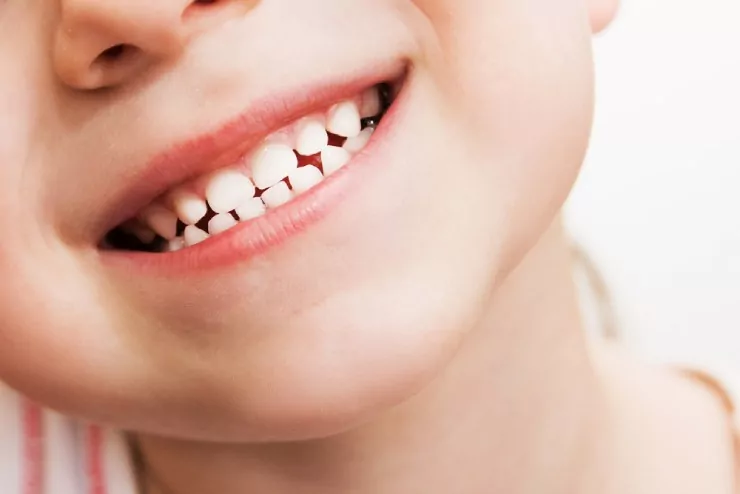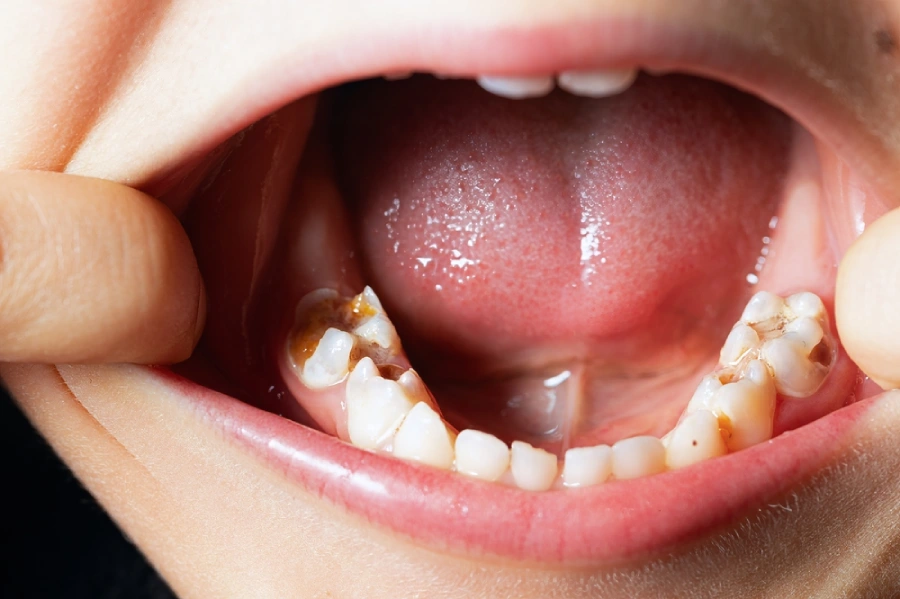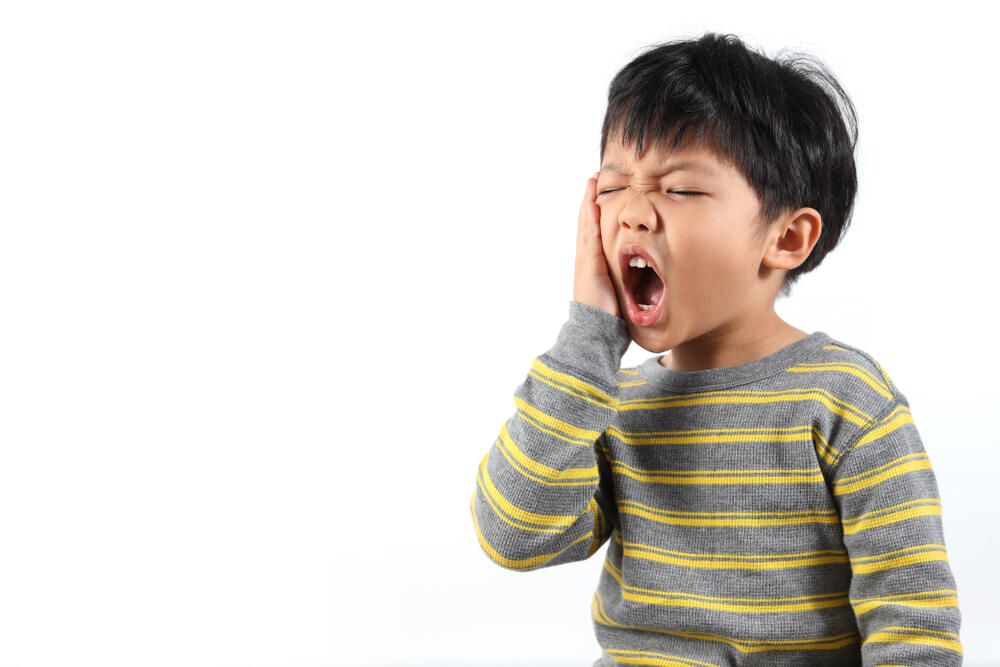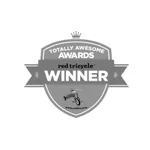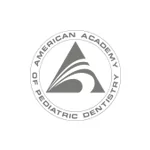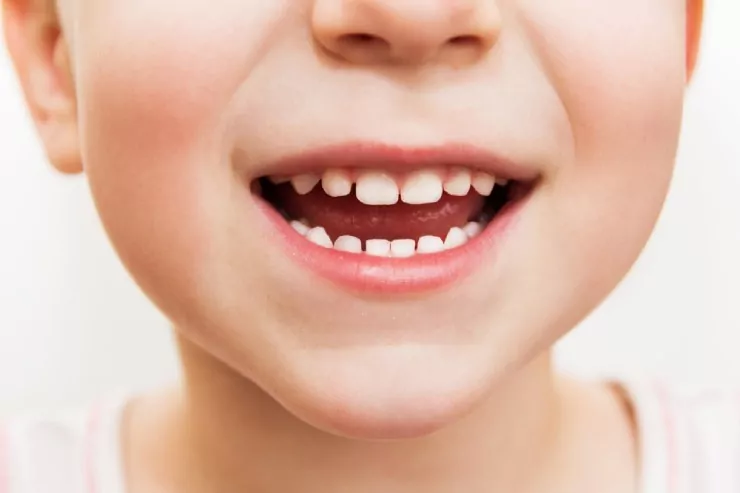
If you find yourself wondering, “Why are my kid’s teeth yellow?” and want to understand how to get your kid’s teeth white safely, The Super Dentists can help. Since so many teeth-whitening products are readily available these days, it’s essential to know which products are safe for your children and which are not.
While it might be tempting to allow your child to use certain teeth whitening products, you should know which age is best to allow it.
Can I Whiten My Kids Teeth?
The American Association of Pediatric Dentists (AAPD) does not recommend whitening your child’s teeth until they have had all of their permanent teeth and they have entirely erupted. Most children lose all of their baby teeth and have all their adult teeth by the time they are 12 or 13 years old, and enamel calcification takes about two more years.
Therefore, children should not bleach their teeth until about 14 or 15 years old. If you notice that your child has yellow teeth, there are more natural approaches that are safe to use that can help get rid of the discoloration.
How to Whiten My Child’s Yellow Teeth
You can choose many methods when it comes to whitening children’s teeth. While avoiding bleaching teeth until age 14 or 15 is best, other options exist for younger kids with yellow teeth. These are the best ways to get kid’s teeth white.
Whitening Toothpaste
Children’s natural whitening toothpaste is a great way to brighten your child’s smile. Whitening toothpaste removes stains on the surface of the teeth but will not alter your child’s teeth to make them look drastically whiter. This is a safe option for kids of all ages, but you should aim to use a kid’s whitening toothpaste rather than toothpaste meant for adults. A great example is SuperMouth’s toothpastes that use nano-hydroxyapatite (what 97% of enamel is made of) to naturally whiten teeth.
Baking Soda
Another great way to whiten children’s teeth is to have them brush their teeth with baking soda. Since baking soda is abrasive, it can scrub stains off their teeth. It also helps prevent bacteria from growing inside your child’s mouth because it is considered an alkaline substance.
Combine about one teaspoon of baking soda with two teaspoons of water to create a paste, and brush twice daily after using regular toothpaste. Or better yet, try one of these mouthwashes to keep your children’s teeth (and yours) pearly white. You should see a difference within a few weeks.
Hydrogen Peroxide
For older kids over age 14 or 15, hydrogen peroxide can benefit kids’ teeth whitening. Hydrogen peroxide is a mild bleach that helps to remove stains from the teeth, and it also helps to kill bacteria within the mouth.
For whiter teeth, follow the instructions of the teeth whitening products that are readily available. Be sure to use one with the lowest concentration of hydrogen peroxide to prevent any damage on your children’s young teeth.
Whitening Strips
Whitening strips are only a whitening option for kids with all of their adult teeth, and children shouldn’t use them until around age 12 or 13.
Whitening strips contain hydrogen peroxide to bleach the teeth, but it doesn’t just bleach the surface of the teeth. Instead, the hydrogen peroxide penetrates through the tooth enamel to the dentin layer. Children who use teeth whitening strips can develop sensitivity and oral irritation.
Avoid Sugary and Acidic Foods
Acidic and sugary foods can eat away at the enamel in your child’s teeth, causing the yellow-tinged dentin to be exposed over time. When sugary foods are consumed, they interact with the bacteria within the plaque, producing acid. Acid is typically responsible for tooth decay because it dissolves tooth enamel.
Some examples of these types of foods include soda, juice, candy, tomatoes, berries, and pizza. To avoid the risk of developing cavities and yellow teeth, it is best to eat a healthy diet and do your best to avoid regularly eating sugary and acidic foods.
Teeth Whitening For Kids: FAQs
Why are my 9 year old’s teeth yellow?
A 9 year old may have yellow teeth due to family genetics, poor hygiene, or they eat a diet full of sugary and acidic foods. Most adult teeth have a yellow tint because they have more dentin. When your child starts getting more adult teeth, you might notice their smile is not as white as it once was.
Can I whiten my 13 year old’s teeth?
You can certainly use natural whitening agents, such as baking soda and whitening toothpaste, on your 13 year old’s teeth. Depending on if your child has all of their adult teeth and their enamel is calcified, you can also begin to use whitening strips or hydrogen peroxide.
How do I choose the best teeth whitening option for children?
To choose the best kids teeth whitening option, the best thing you can do if you are unsure is reach out to your pediatric dentist for help. Your child’s dentist can provide insight into which products are the best for your child.
What are the benefits of teeth whitening for kids?
Teeth whitening for kids can not only boost your child’s self-esteem and confidence, but it can remove stains and plaque from their teeth, which can help prevent cavities and contribute to an excellent oral health routine. Teeth whitening from a young age can help your child get into a routine of not only brushing and flossing regularly, but removing stains early on.
What are the risks of whitening children’s teeth?
Using teeth whitening strategies that do not contain natural agents, like teeth whitening strips, can injure tooth pulp or nerves in young children. Additionally, whitening teeth too soon can cause their tooth enamel to break down and damage their gum tissue.
Conclusion
Teeth whitening for kids is generally safe for children over 12 or 13, but you can use natural products to help whiten their teeth at a younger age. Additionally, having a good oral hygiene routine and avoiding sugary and acidic foods can do wonders in maintaining a healthy white smile.
The Super Dentists is a top-awarded pediatric dentist in San Diego. Schedule an appointment to visit one of our six locations near you.

